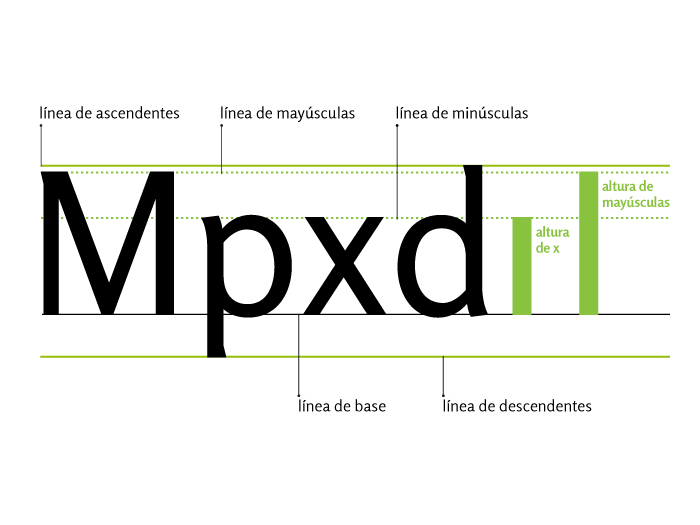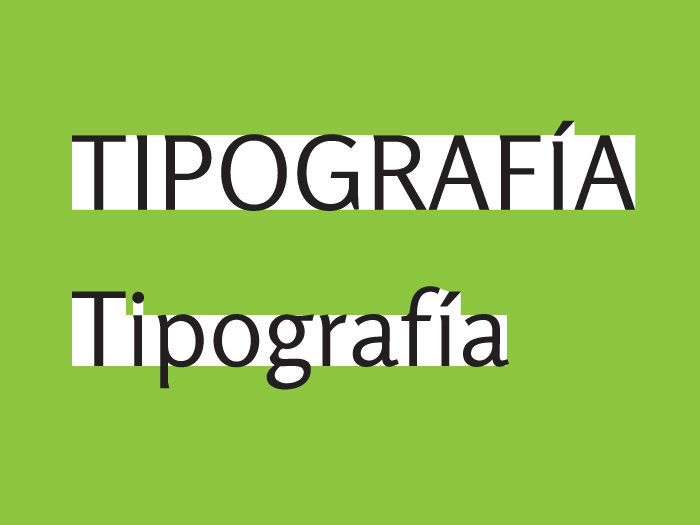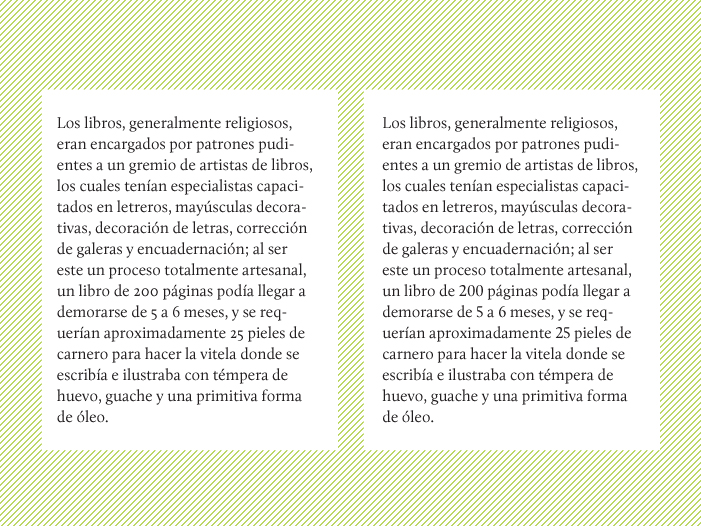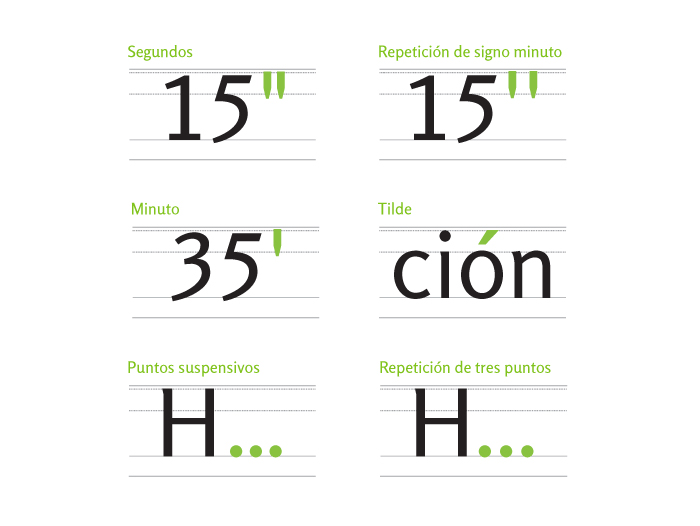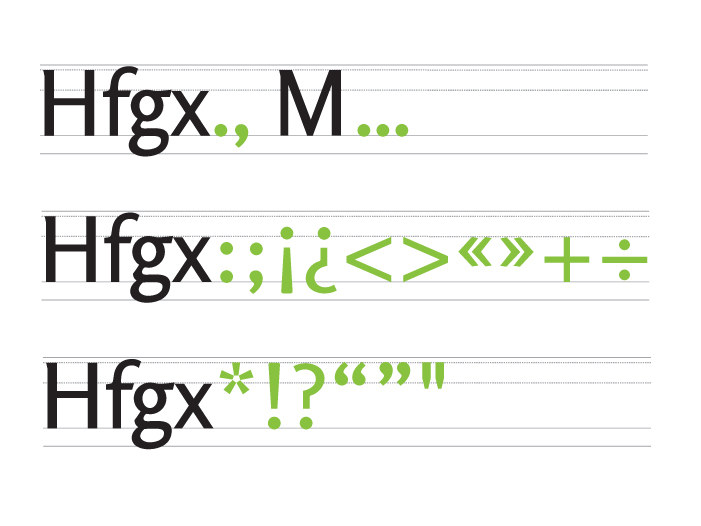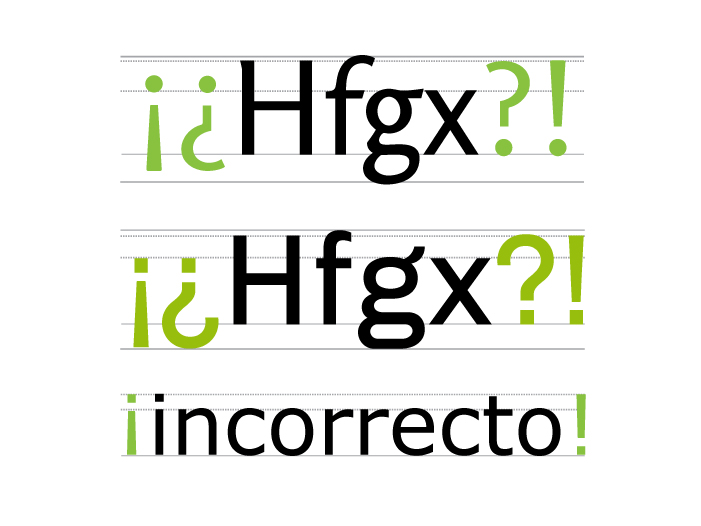что значит uppercase lowercase
uppercase and lowercase
Смотреть что такое «uppercase and lowercase» в других словарях:
uppercase — [up′ər kās΄; ] for n. and adj. also [ up΄ər kās′] n. [from their being kept in the upper of two cases of type] capital letter type used in printing, as distinguished from small letters (lowercase) adj. designating, of, or in uppercase vt.… … English World dictionary
uppercase — I noun one of the large alphabetic characters used as the first letter in writing or printing proper names and sometimes for emphasis printers once kept the type for capitals and for small letters in separate cases; capitals were kept in the… … Useful english dictionary
lowercase — I noun the characters that were once kept in bottom half of a compositor s type case • Syn: ↑small letter, ↑lower case letter, ↑minuscule • Ant: ↑uppercase • Hypernyms: ↑ … Useful english dictionary
lowercase — To write faster than they could when writing only capital letters (uppercase), sixth century scribes simplified capital letter forms and developed miniscule letters. This was the origin of lowercase letters, which now comprise most of our… … Glossary of Art Terms
uppercase — In typography, capital letters, which gained this alternative name from the standard location in which typesetters stored them. Though visually powerful, whole words set in uppercase letters should be used sparingly. They are difficult to read … Glossary of Art Terms
List of XML and HTML character entity references — In SGML, HTML and XML documents, the logical constructs known as character data and attribute values consist of sequences of characters, in which each character can manifest directly (representing itself), or can be represented by a series of… … Wikipedia
Logos and uniforms of the New York Giants — For the main article about the NFL team, go to New York Giants The New York Giants have had numerous uniforms and logos since their founding in 1925. LogosGiants logos have centered around three distinct concepts: a giant football player poised… … Wikipedia
Acronym and initialism — For acronyms used on Wikipedia, see Wikipedia:Acronyms. Acronyms and initialisms are abbreviations formed from the initial components in a phrase or name. These components may be individual letters (as in CEO) or parts of words (as in Benelux and … Wikipedia
Subscript and superscript — This article is about the terms subscript and superscript as used in typography. SuperScript can also refer to a commercially available Reverse transcriptase. A subscript or superscript is a number, figure, symbol, or indicator that appears… … Wikipedia
upper and lower case
Смотреть что такое «upper and lower case» в других словарях:
Upper and Lower Case — Upper and Lower Case, englische Bezeichnung für Groß /Kleinschreibung. In unzureichend übersetzten englischen bzw. US amerikanischen Textverarbeitungsprogrammen findet man oft auch »Upper Case« für (nur) Großschreibung bzw. »Lower Case« für… … Universal-Lexikon
Nigeria, Upper and Lower — Upper and Lower Nigeria † Catholic Encyclopedia ► Upper and Lower Nigeria A colony of British East Africa extending from the Gulf of Guinea to Lake Chad (from 4° 30 to 7°N. lat., and from 5° 30 to 8° 30 E. long.), is bounded on the… … Catholic encyclopedia
Lower case — (also lower case or lowercase ), minuscule, or small letters are the smaller form of letters, as opposed to upper case or capital letters, as used in European alphabets (Greek, Latin, Cyrillic, and Armenian). For example, the letter a is lower… … Wikipedia
lower case — Case Case (k[=a]s), n. [OF. casse, F. caisse (cf. It. cassa), fr. L. capsa chest, box, case, fr. capere to take, hold. See
lower case — noun : the lower one of a pair of type cases containing small letters and usually also figures, punctuation marks, spaces, quads compare upper case * * * /loh euhr/, Print. See under case2 (def. 8). [1675 85] * * * lo … Useful english dictionary
lower case — Synonyms and related words: abecedarian, allographic, alphabetic, ascender, back, bastard type, beard, belly, bevel, black letter, blackface, body, bold faced, boldface, cap, capital, case, chromotypic, chromotypographic, counter, descender, em,… … Moby Thesaurus
case sensitive — adjective Distinguishing upper and lower case letters. Often used in computer science to indicate a distinction is made in comparison or equality of letters based on case. For example, a case sensitive password will not recognize Password and… … Wiktionary
Case sensitivity — Text sometimes exhibits case sensitivity; that is, words can differ in meaning based on differing use of uppercase and lowercase letters. Words with capital letters don t always have the same meaning when written with lowercase letters.For… … Wikipedia
case-sensitive — adjective Distinguishing upper and lower case letters. A case sensitive comparison will find that smith and Smith are different words, while a case insensitive comparison will not. Ant: case insensitive … Wiktionary
Uppercase, lowercase, numerals and symbols
Elaboración: Natalia Fernández, Paula Ibarra, Marcela Romero, Sol Vázquez
Artículo en proceso de traducción
When the rhythm of writing accelerated, letters overlapped, irregularities, ascenders and descenders appeared, and so did lower case. Now, those two systems, capitals and lower case, are used in combination, each one with different attributions. There are also other signs which we usually use to compose a text: punctuation, commercial, basic mathematical operators, monetary symbols, usual fractions, to name some.
The process of lower case invention began with the creation of semi-uncial writing which implied a gestural simplification in the drawing of capitals, influenced by the use of the pen and the writing speed. This process consolidated with Caroline minuscule writing.
Today they coexist and two different alphabetic systems with different structures complement each other: capitals and lower case.
Capitals were used for Greek and Roman tombstone inscriptions and maybe that is why they are used to show the importance of certain names or things. They are used at the beginning of sentences or proper names (except in the German language where nouns are capitalized also). They usually connote importance and respect.
Lower case is used for the majority of the actual text. Maybe due to its more functional than aesthetic origin, the connotation of this system is not as «serious» as that of the capitals.
Once the capitals and lower case systems consolidated, the modifications they underwent were practical and trendy ones, but the structure within each sign group was maintained. Though structural differences between both systems are wide and notorious, some relations may be established.
Baseline: it is the horizontal imaginary line on which almost all capitals rest.
Capitals height: it is the height of the capitals or upper case letters, it is measured from the baseline to the upper part of the capitals character.
X height: it is the height of the lower case or minuscule letters, not including ascenders or descenders. The letter «x»is taken as reference because its legs clearly define the baseline and its two upper strokes clearly define its height.
Ascender height: it is the imaginary line reached by the upper extremes of the ascender of a lower case.
Descender height: it is the imaginary line reached by the lower extremes of the descender of a lower case.
Ascender and descender: It is the part of the lower case that goes above the x height or below the baseline.
The proportional relations between these heights are specific to each typographic design. In some cases, the height of capitals coincides with the ascenders, or in others, the latter is slightly higher. These proportions, among other characteristics, are the ones that define the identity in each typeface family.
Capitals, lower case, and legibility
“Legibility is the degree to which glyphs (individual characters) in text are understandable or recognizable based on appearance. “The legibility of a typeface is related to the characteristics inherent in its design … which relate to the ability to distinguish one letter from the other.” Legibility includes factors such as “x-height, character shapes, stroke contrast, the size of its counters, serifs or lack thereof, and weight.” (Strizver, Ilene (2010). Type Rules: The Designer’s Guide to Professional Typography (3rd ed.). New Jersey: John Wiley & Sons.)
If we form a word only in capitals, the printed area it produces is regular, with a constant height. If we form words in both capitals and lower case the printed areas are irregular as each letter can occupy different areas of the printed area. These printed areas are specific for each word, thus making word identification quicker and easier to read. The printed are of the word (bouma), is recognized by the reader, decoded, not read word by word.
La mancha de la palabra (bouma), es reconocida por el lector, descifrada, no leída letra a letra.
Numbers
Though there is certain freedom in the design of letters, numbers do not give the designer the chance to exercise creativity in the use of form and proportion. Letters are read forming words, which can compensate a certain degree of ambiguity in their design, but numbers have to be deciphered on their own, with no help from the context.
Lowcase numbers (old style): Claude Garamond was one of the first typographers to study the design of numeric characters together with alphabetic characters. These numbers were devised to work as part of the text, thus its behavior is similar to that of the lower case.
In order for the zero not to be confused with the lower case «o», it usually has a different stroke modulation or the x-height is a bit higher and the ascenders or descenders are a bit shorter that lower case.
Capitals numbers: By the end of the XVIIIth century, due to the many scientific advances, a new kind of numerals known as upper case numbers or capital numbers appeared and they began to be used to document mathematic or technical texts.
These numbers have the same height as capital letters, though slightly lower in some cases. Also, as they all occupy the same width so that they may be vertically aligned when set in columns, they are also named tabular or monospaced numbers.
In this case, in order to avoid confusion between both, the zero number is usually thinner than the capital «O» letter, and this is the width used to determine the other numbers in the typeface family.
Numbers and spacing: the numbers may behave, from the point of view of spacing, like letters and create a uniform color. It tartar nontabular numbers and each will have its own width. Conversely, if the numbers are tabular, all have the same width and will be arranged in successive lines.
Los números minúsculos no producen rupturas en el ritmo del texto.
Numbers and heights: capitals numbers have a height similar to the uppercase letters, sometimes a little less. Similarly, the old style numbers share the stage with lowercase letters, also with slight variations. Zero, one and two similar height to that of “x”, the three, four, five, seven and nine, down, six and eight, ascend.
A la izquierda: números mayúsculos tabulares. A la derecha: números minúsculos de anchos variables.
Orthographic signs
Punctuation in written texts has the purpose of reproducing the intonation of spoken language. Much of the correct expression and understanding of written texts depends on it. These signs created to be read but not heard, are the tuning fork that determines the rhythm within the silent voice of typography. Punctuation marks tempo, tone, volume and unit separation, it organizes speech and its different elements and it helps avoid ambiguity in texts which, without it, might have different interpretations.
Among orthographic signs we have:
Punctuation marks: period, colon, comma, semicolon, and ellipsis marks.
Usually in the composition of the latter the repetition of a period is incorrectly used. This sign has a specially designed character, which contains a spacing that agrees with the idea of creating suspense, doubt, pause in discourse, giving it less spacing between periods.
Intonation marks:: Question and exclamation marks.
Auxiliary signs: parenthesis, square brackets, braces, hyphen, em dash, double quotes, lambda and antilamba, slash, backslash, divider line, asterisk, among others.
These signs are composed in the following way:
Some signs, such as comma or the minus sign can play the role of a double sign without changing shape.
The design of punctuation marks
Punctuation marks are part of the design of a typeface family. As the other ones that conform it, they have constant and variable characteristics. Variable characteristics are the ones that constitute the peculiarities of a family. For instance: in the Roman families, the period is usually round, while in the sans serif ones it may be square, round, rectangular or rhomboidal, depending on the design and proportions of the family to which they belong. In alphabets with calligraphic influence, periods tend to be rhomboidal.
The weight a period should have is an important decision for two reasons: first, because it defines the weight of many of the other punctuation marks, and second, because it has to be heavy enough to be quickly perceived, but not too heavy so as to interfere in the appreciation of the other signs. Lesser weight punctuations such as the period or the comma are more closely associated to the weight of the family, while large structure punctuations, such as question or exclamation marks, have clear characteristics of the family style.
Invariable characteristics are those that have to do with the very structure of the sign, which have a historic origin. If we analyze punctuation marks in several different families, we will find that there are characteristics that do not change from one family to another, such as proportions, the basic structure that makes each sign recognizable as such, the relation these signs have with each other and the way they stand.
Sign alignment
Fractions
Fractions are signs specially designed and spaced for the proper functioning. In most cases, mistakenly, two numbers with the same the body size as the rest of the text being composed are used, aligning them one next to the other separated by a dash which does not have the correct tilting. A fraction is an integrated sign, which has a special disposition in the signs that compose it.
The sign must be visualized as a unit and not as two numbers and a dash, thus the body of the numbers and the spacing of the dash are adjusted for better visualization.
Some typeface families have variables or expert sets with available fractions. There is a dash which is slightly more tilted than the traditional slash, to build fractions. Typefaces include them in the percent sign (%), per thousand (‰) and in the more usual fractions, yet very few have them in separate. In such a case, a cursive dash (⁄) can be used, which has a tilting which is correct to act as substitute.
Bibliography
uppercase and lowercase
1 uppercase and lowercase
См. также в других словарях:
uppercase — [up′ər kās΄; ] for n. and adj. also [ up΄ər kās′] n. [from their being kept in the upper of two cases of type] capital letter type used in printing, as distinguished from small letters (lowercase) adj. designating, of, or in uppercase vt.… … English World dictionary
uppercase — I noun one of the large alphabetic characters used as the first letter in writing or printing proper names and sometimes for emphasis printers once kept the type for capitals and for small letters in separate cases; capitals were kept in the… … Useful english dictionary
lowercase — I noun the characters that were once kept in bottom half of a compositor s type case • Syn: ↑small letter, ↑lower case letter, ↑minuscule • Ant: ↑uppercase • Hypernyms: ↑ … Useful english dictionary
lowercase — To write faster than they could when writing only capital letters (uppercase), sixth century scribes simplified capital letter forms and developed miniscule letters. This was the origin of lowercase letters, which now comprise most of our… … Glossary of Art Terms
uppercase — In typography, capital letters, which gained this alternative name from the standard location in which typesetters stored them. Though visually powerful, whole words set in uppercase letters should be used sparingly. They are difficult to read … Glossary of Art Terms
List of XML and HTML character entity references — In SGML, HTML and XML documents, the logical constructs known as character data and attribute values consist of sequences of characters, in which each character can manifest directly (representing itself), or can be represented by a series of… … Wikipedia
Logos and uniforms of the New York Giants — For the main article about the NFL team, go to New York Giants The New York Giants have had numerous uniforms and logos since their founding in 1925. LogosGiants logos have centered around three distinct concepts: a giant football player poised… … Wikipedia
Acronym and initialism — For acronyms used on Wikipedia, see Wikipedia:Acronyms. Acronyms and initialisms are abbreviations formed from the initial components in a phrase or name. These components may be individual letters (as in CEO) or parts of words (as in Benelux and … Wikipedia
Subscript and superscript — This article is about the terms subscript and superscript as used in typography. SuperScript can also refer to a commercially available Reverse transcriptase. A subscript or superscript is a number, figure, symbol, or indicator that appears… … Wikipedia
What Are Lowercase, Uppercase Letters?
Home » The Writer’s Dictionary » What Are Lowercase, Uppercase Letters?
Lowercase letter definition: Lowercase letters are all other letters not in uppercase.
Uppercase letter definition: Uppercase letters are letters that represent the beginning of a sentence or a proper noun.
What are Lowercase Letters?
In writing, most letters are lowercase. Lowercase letters are all letters that do not begin a sentence or refer to a proper noun.
English alphabet lowercase letters: a b c d e f g h i j k l m n o p q r s t u v w x y z.
Examples of Lowercase Letters:
What are Uppercase Letters?

English alphabet uppercase letters: A B C D E F G H I J K L M N O P Q R S T U V W X Y Z.
Examples of Uppercase Letters:
When to Use Uppercase Letters

Other uses of uppercase letters are detailed below.
Titles
All titles are considered proper nouns and require capitalization.
Examples:
Acronyms

Examples:
All Proper Nouns
All proper nouns need to be capitalized.
Examples:
When to Use Lowercase Letters

Examples:
All nouns that are not proper nouns are called common nouns. All common nouns use lowercase letters (unless a common noun begins a sentence).
Examples:
Summary
Define lowercase letters: lowercase letters are those letters used for common nouns and internal words.
Define uppercase letters: uppercase letters (also called capital letters) are those letters that signify the beginning of a sentence or a proper noun.

